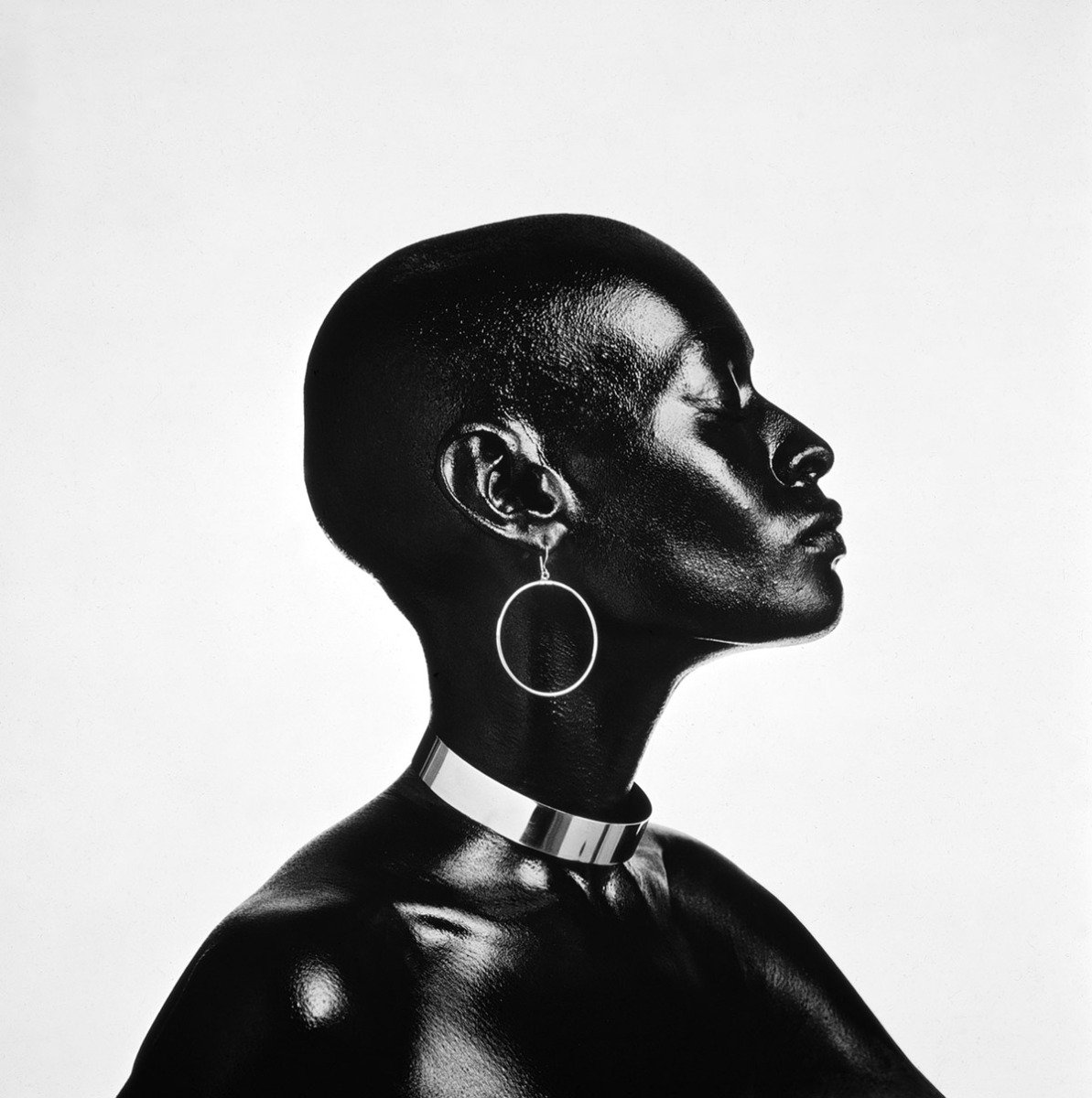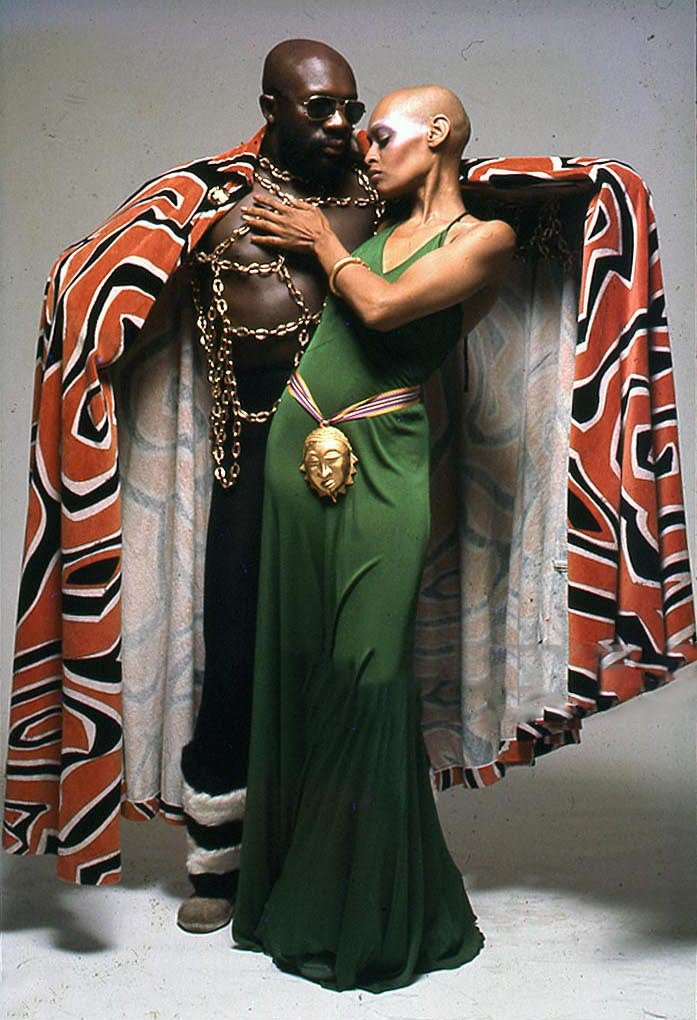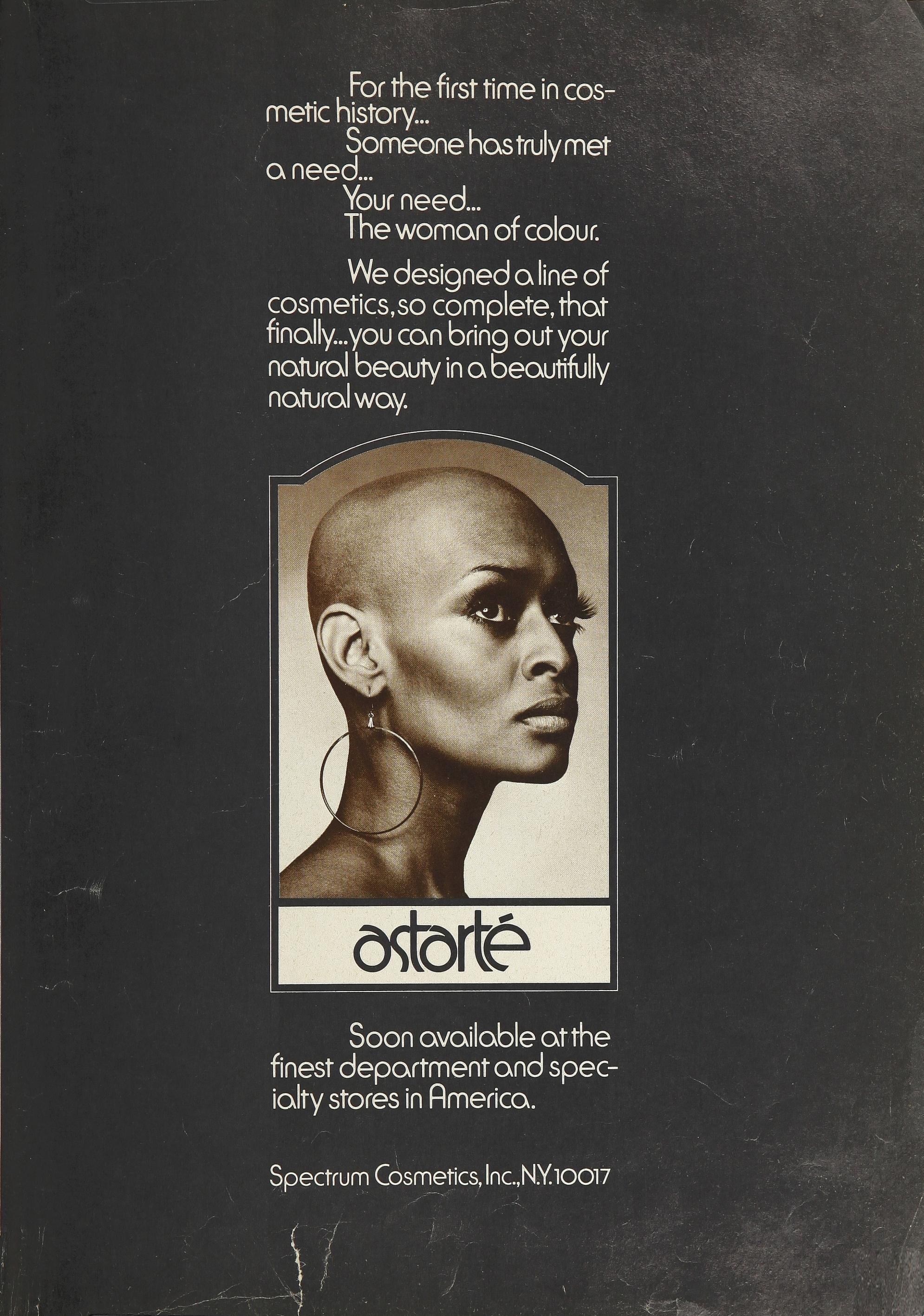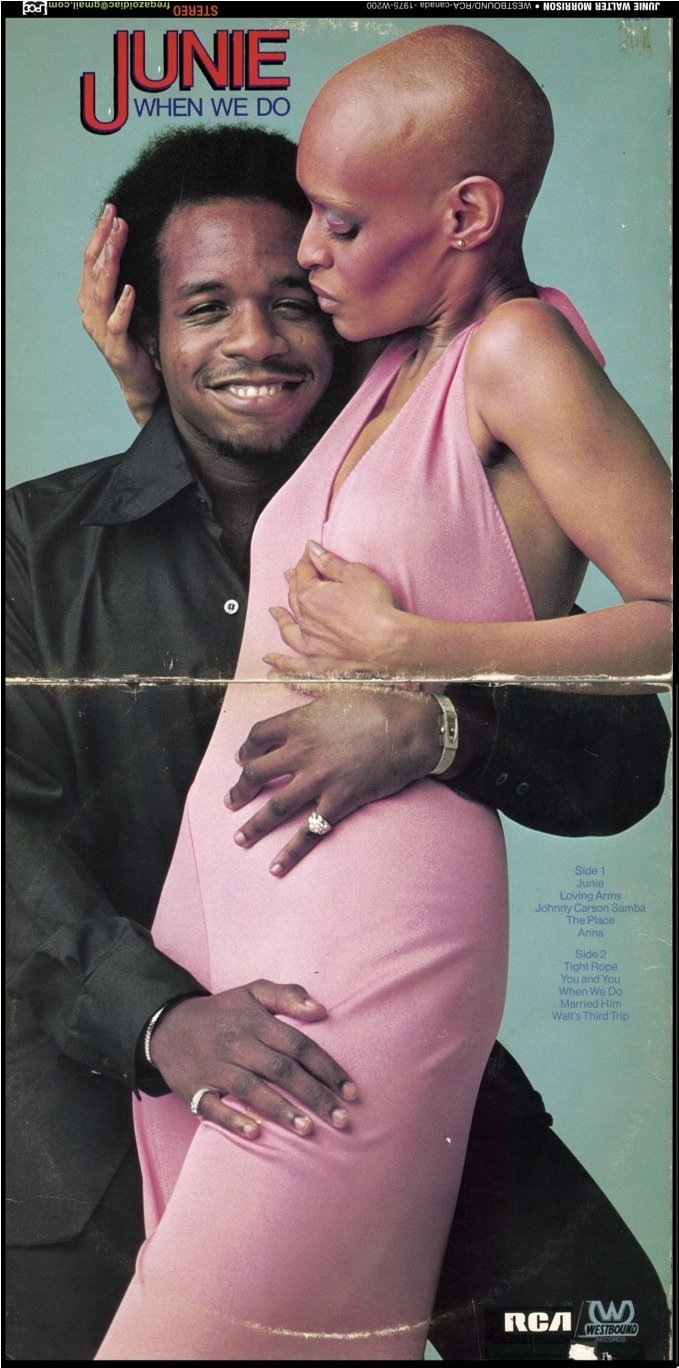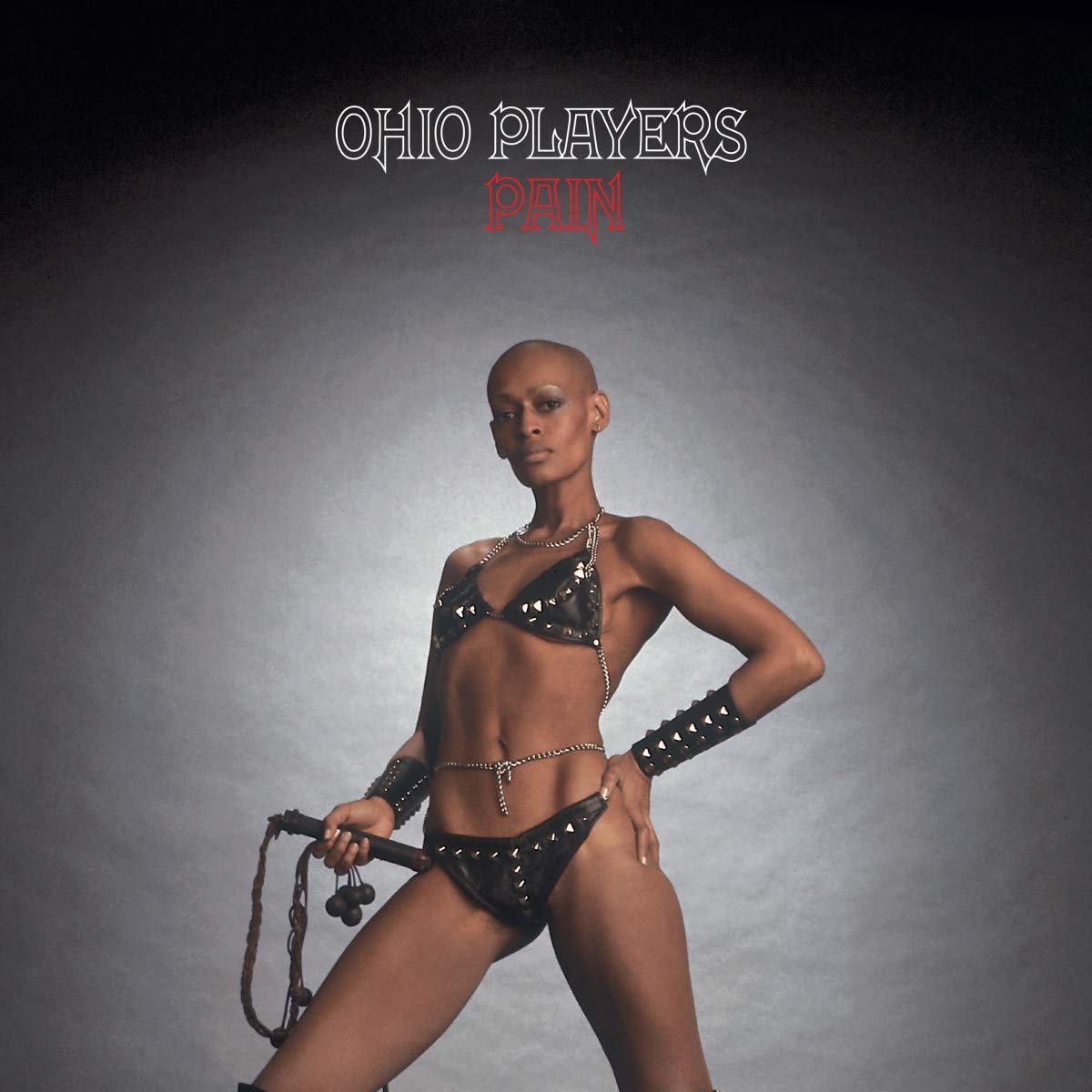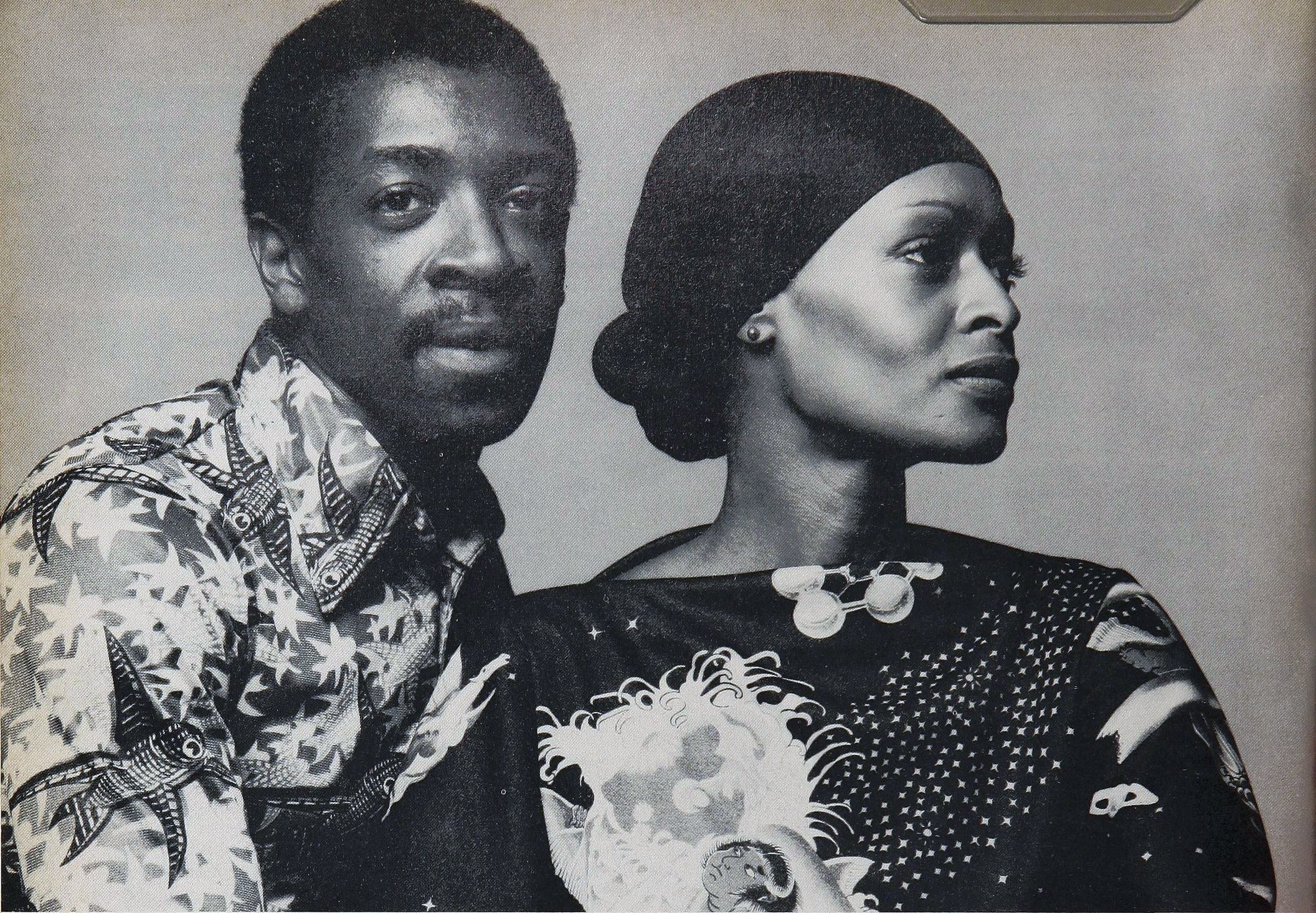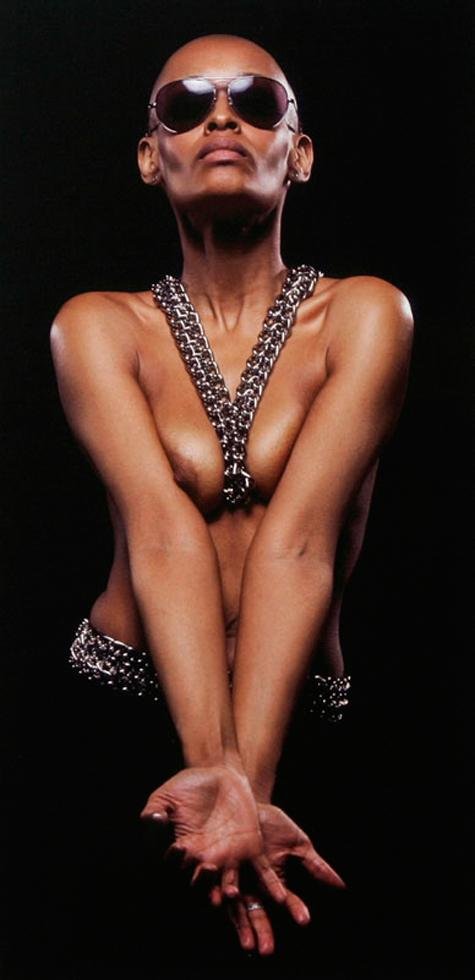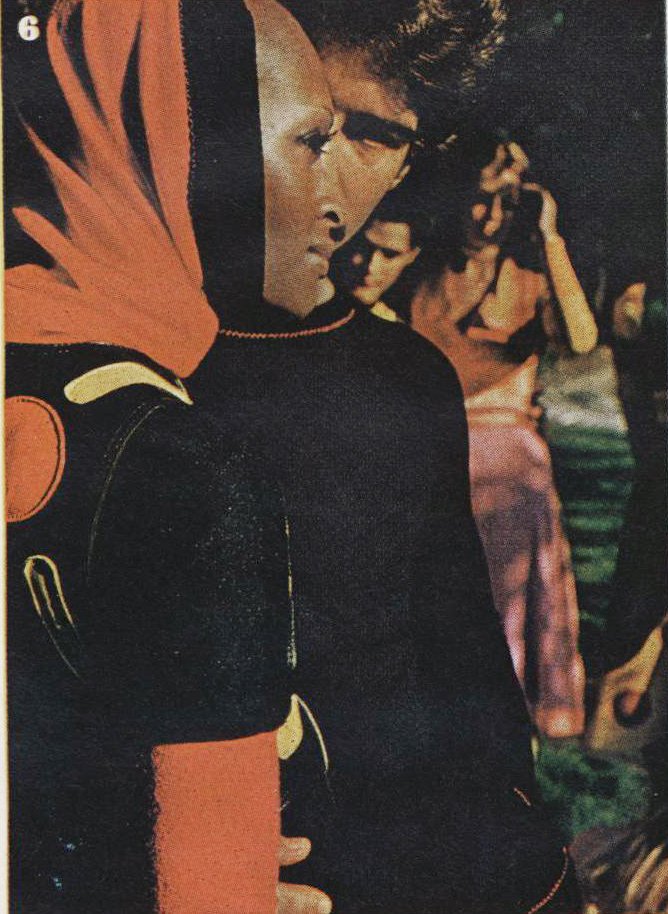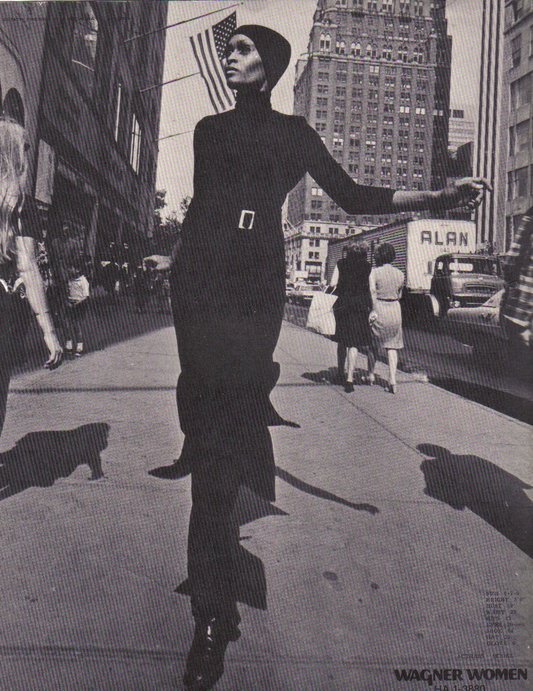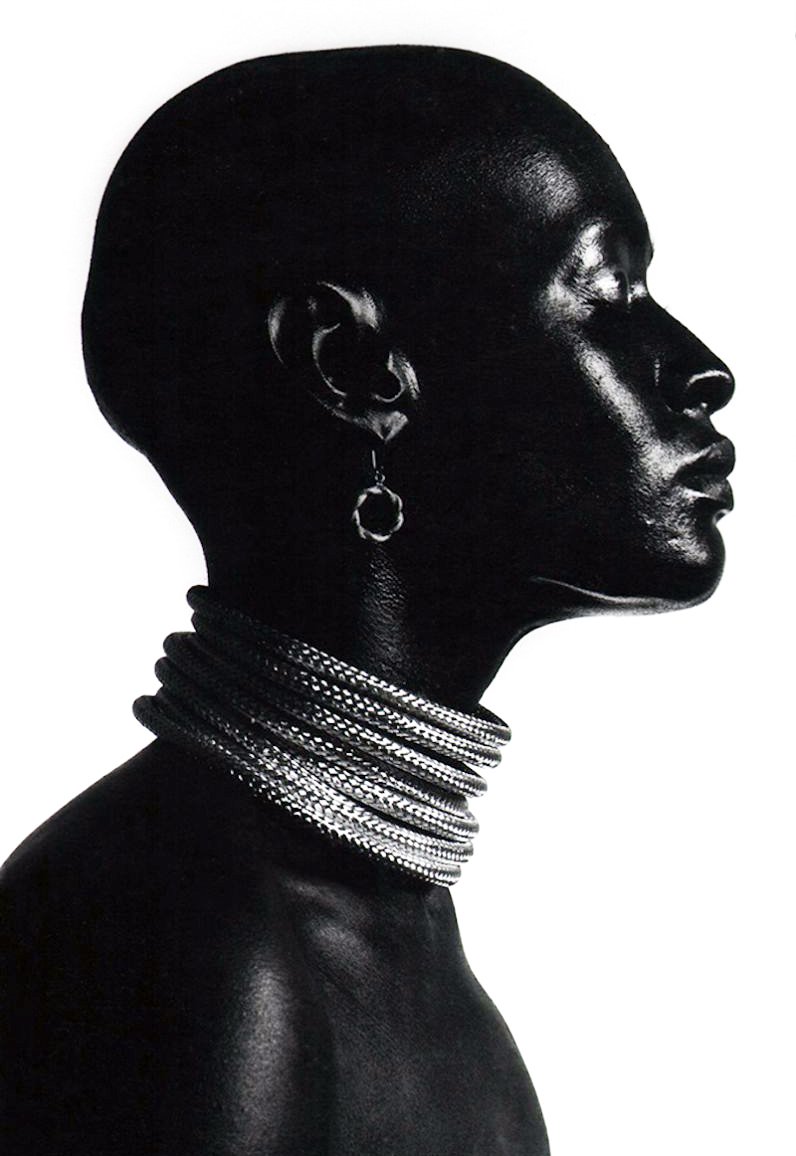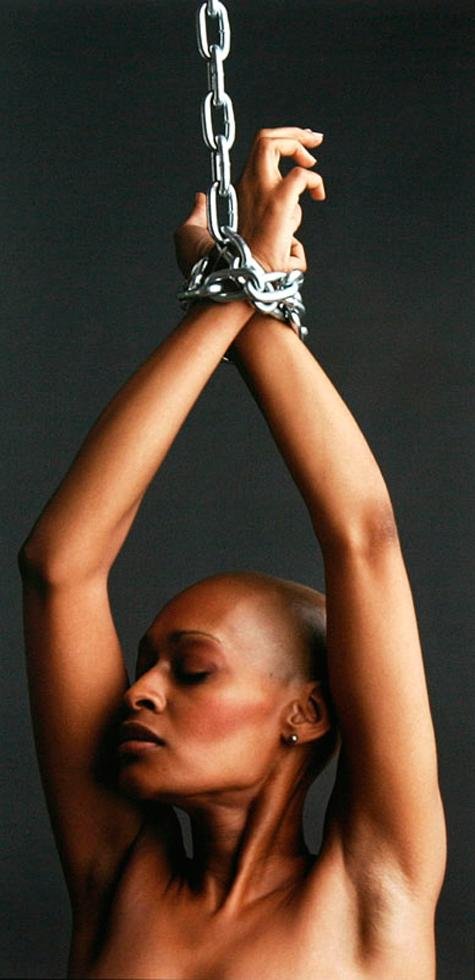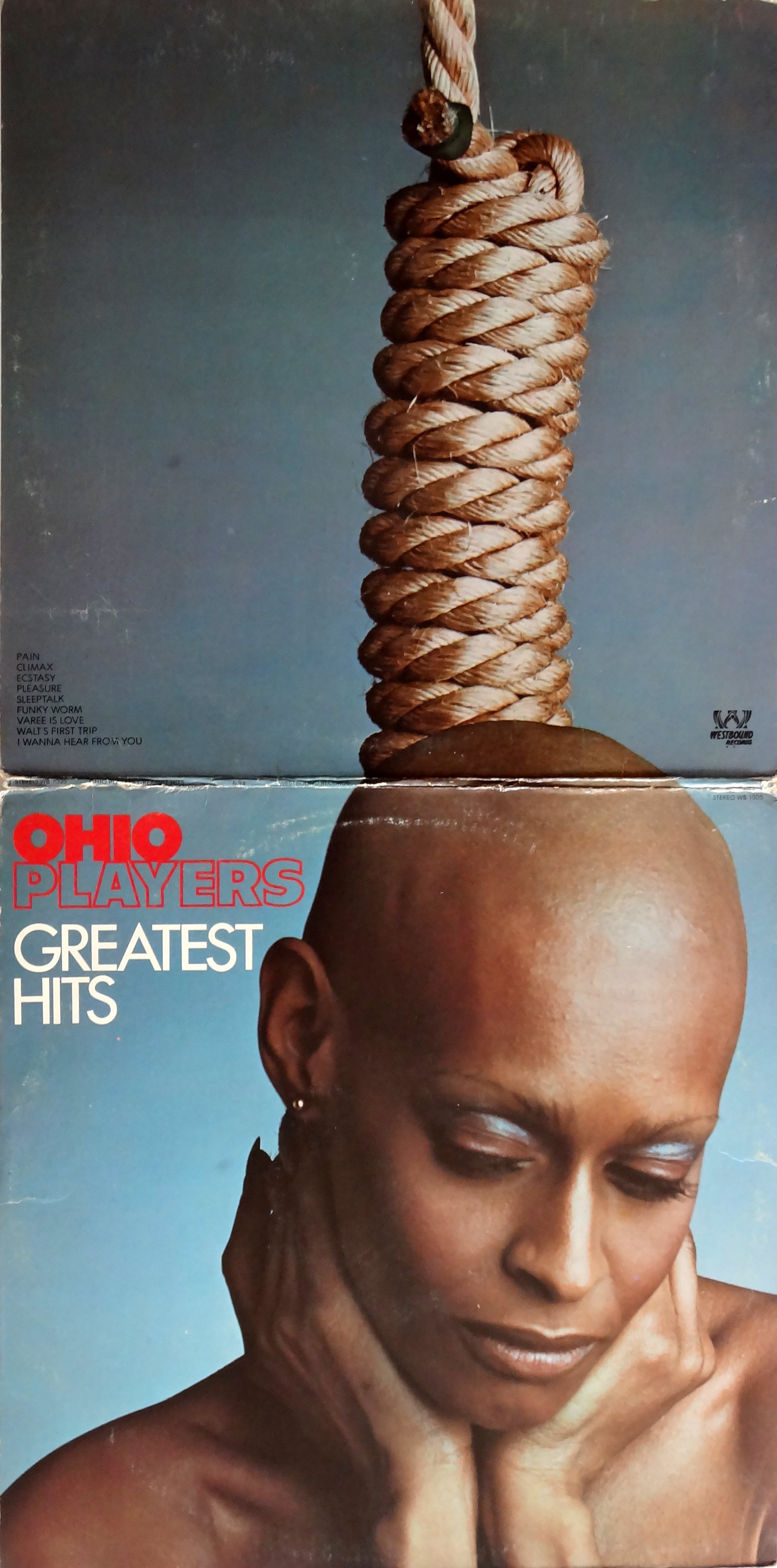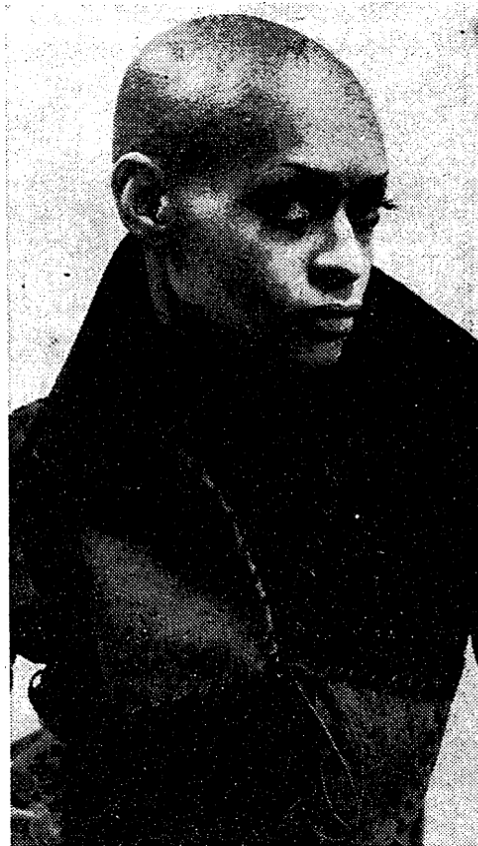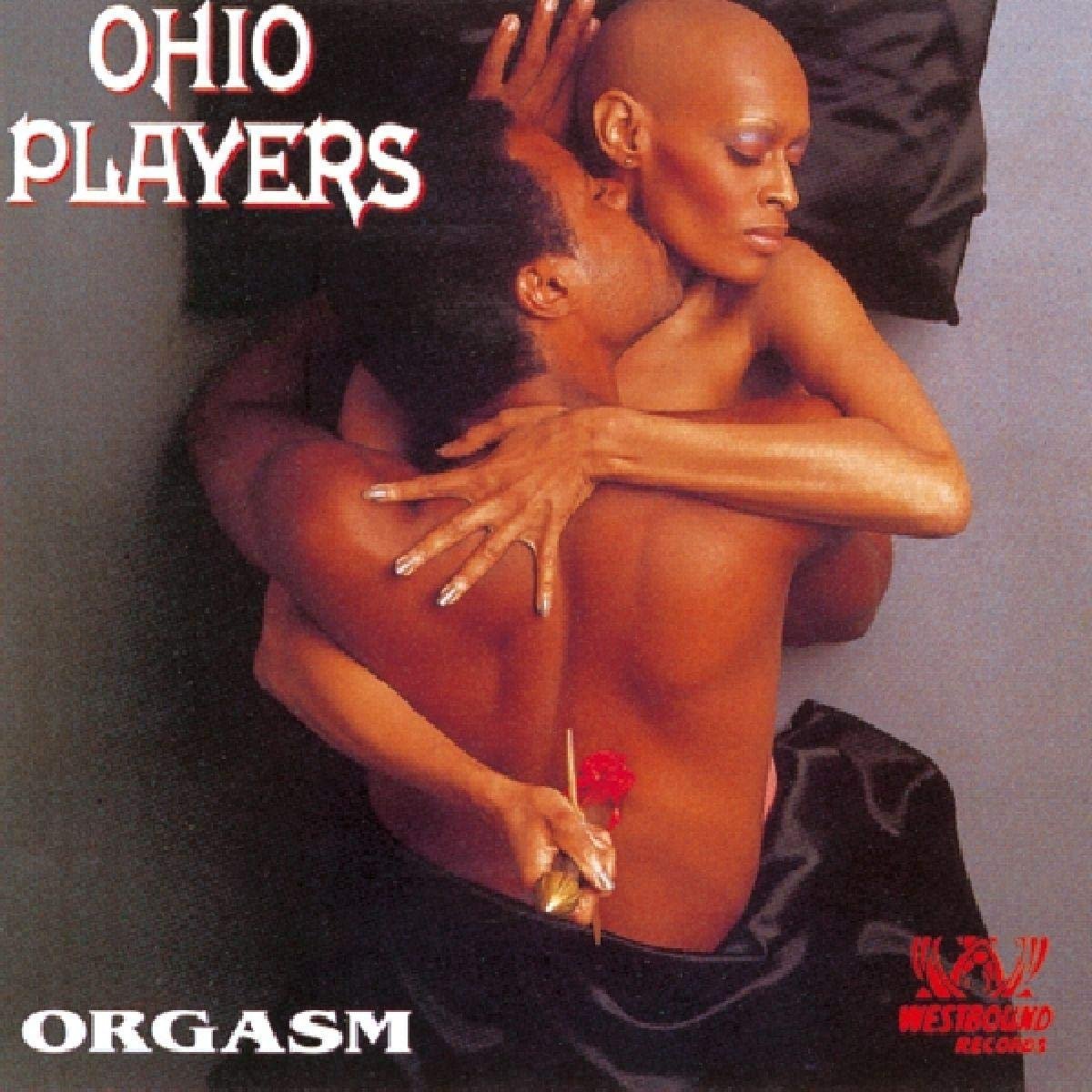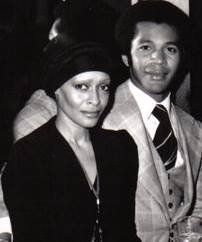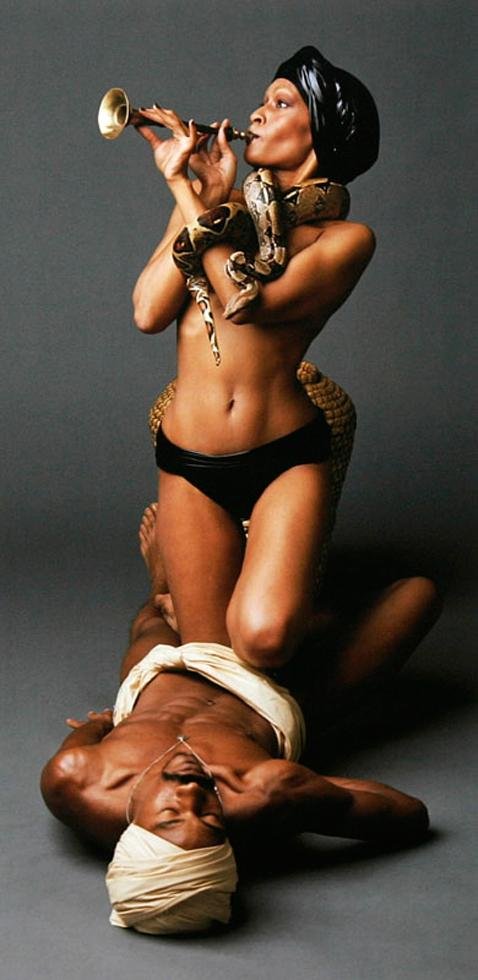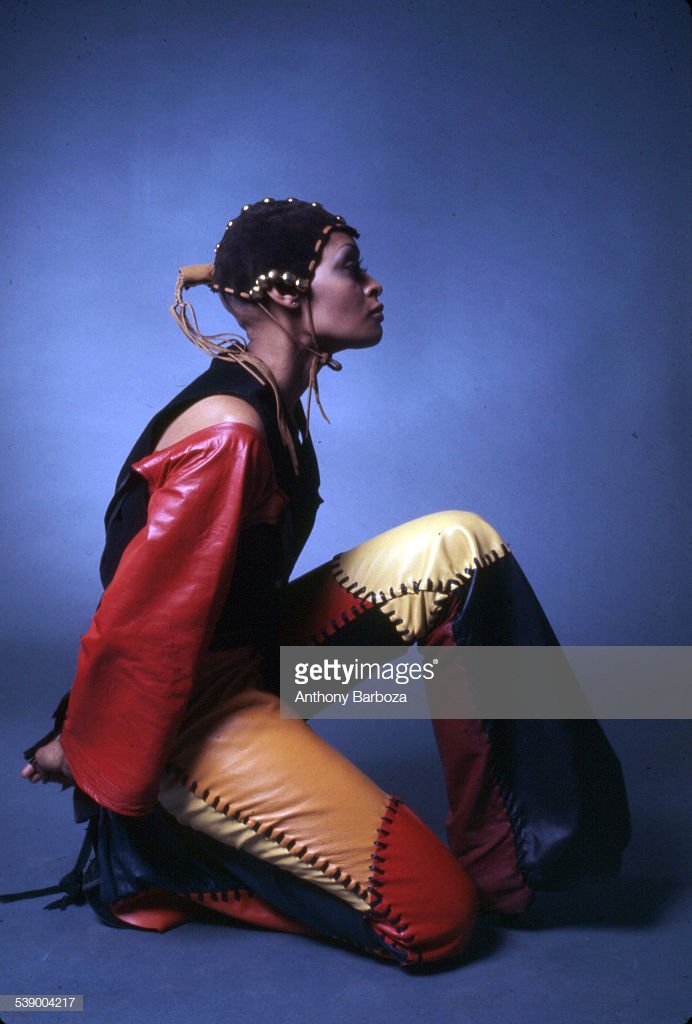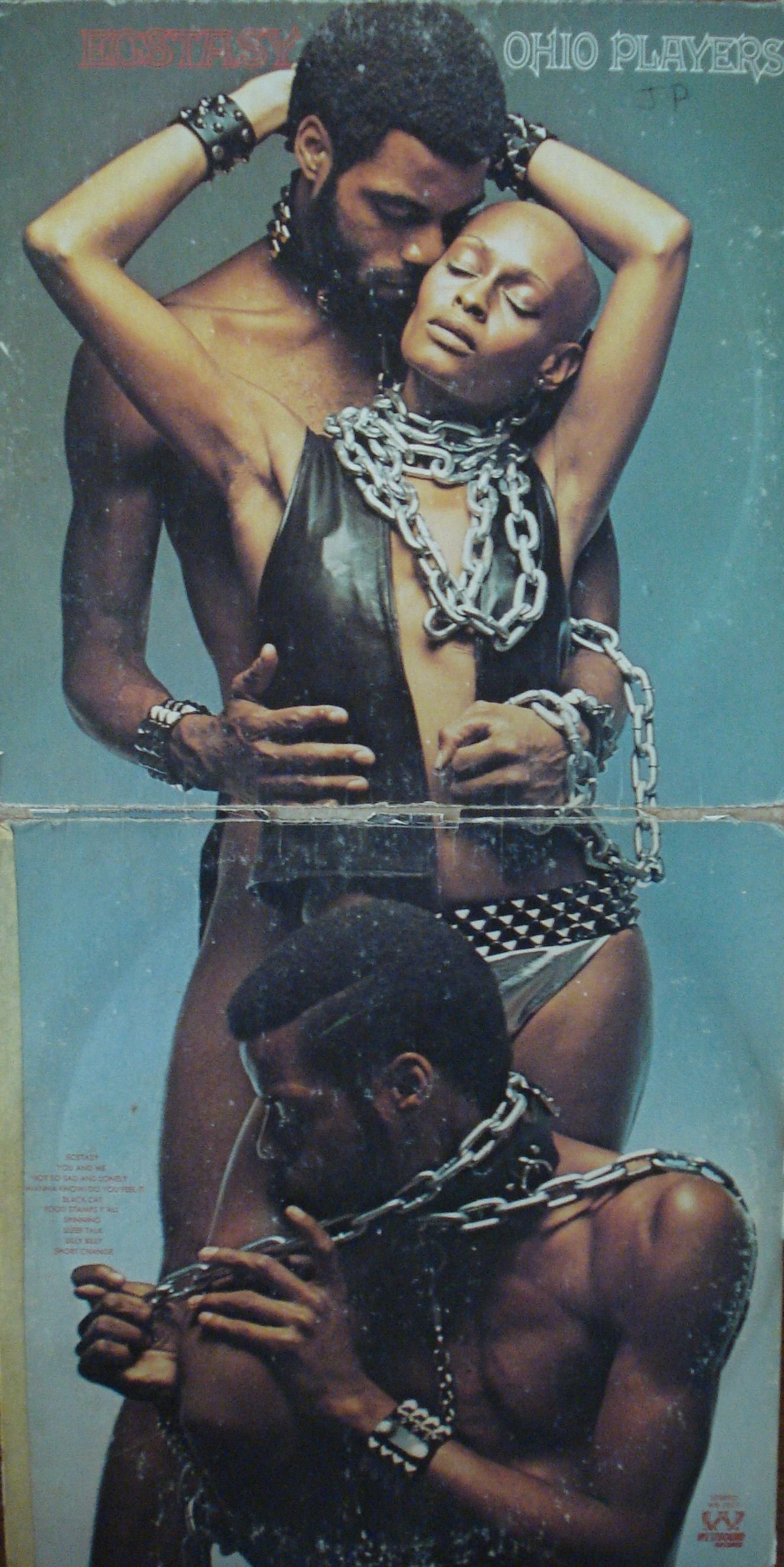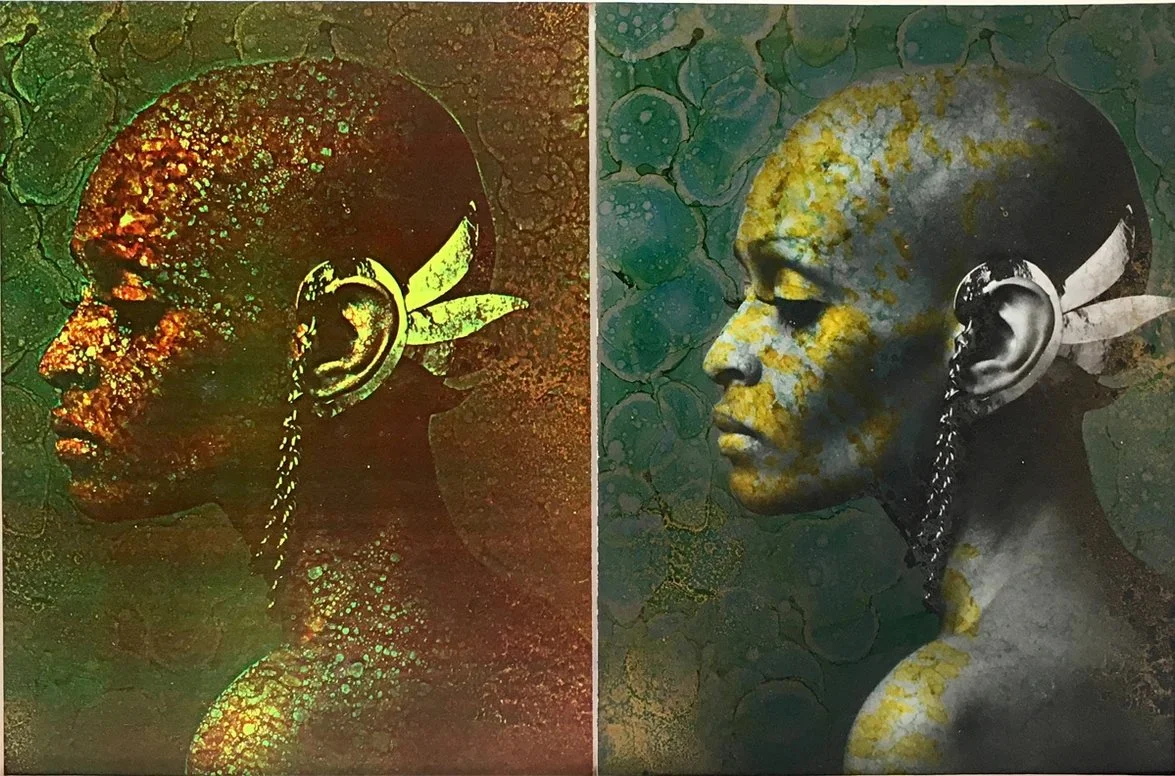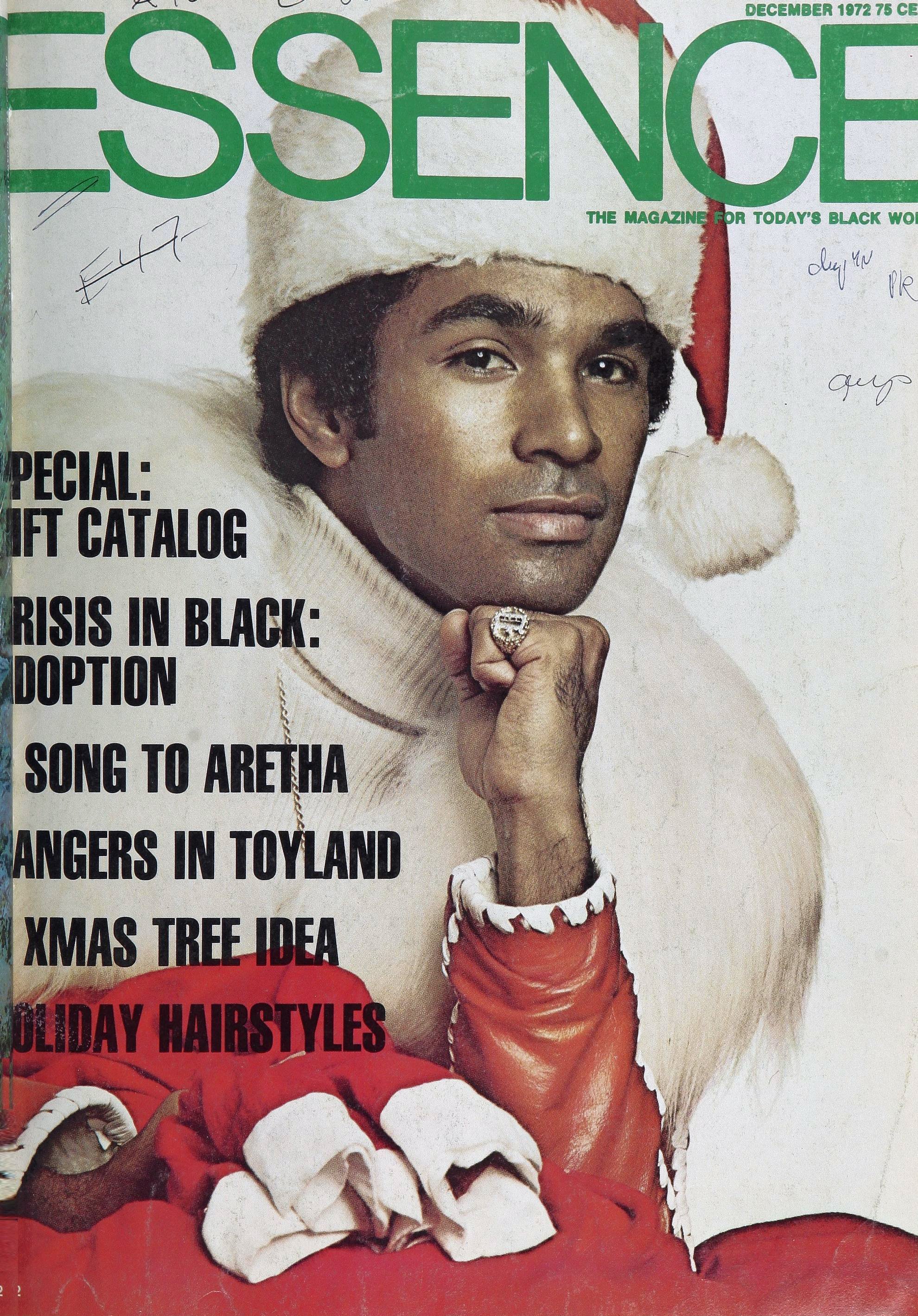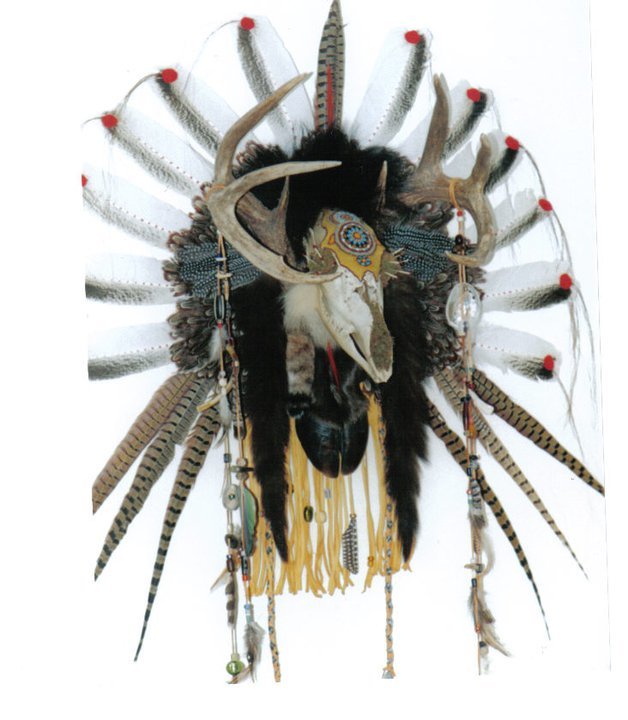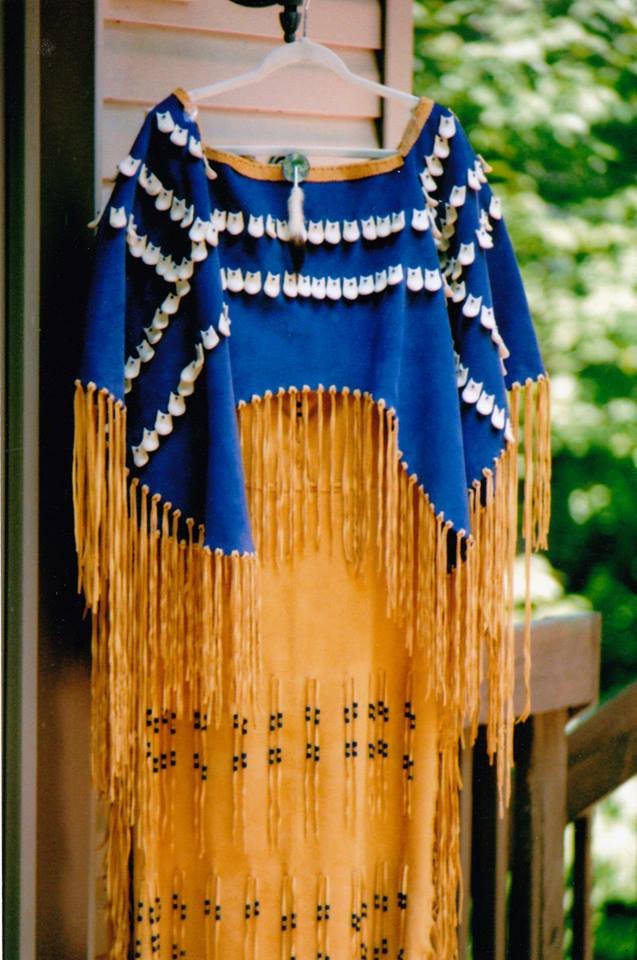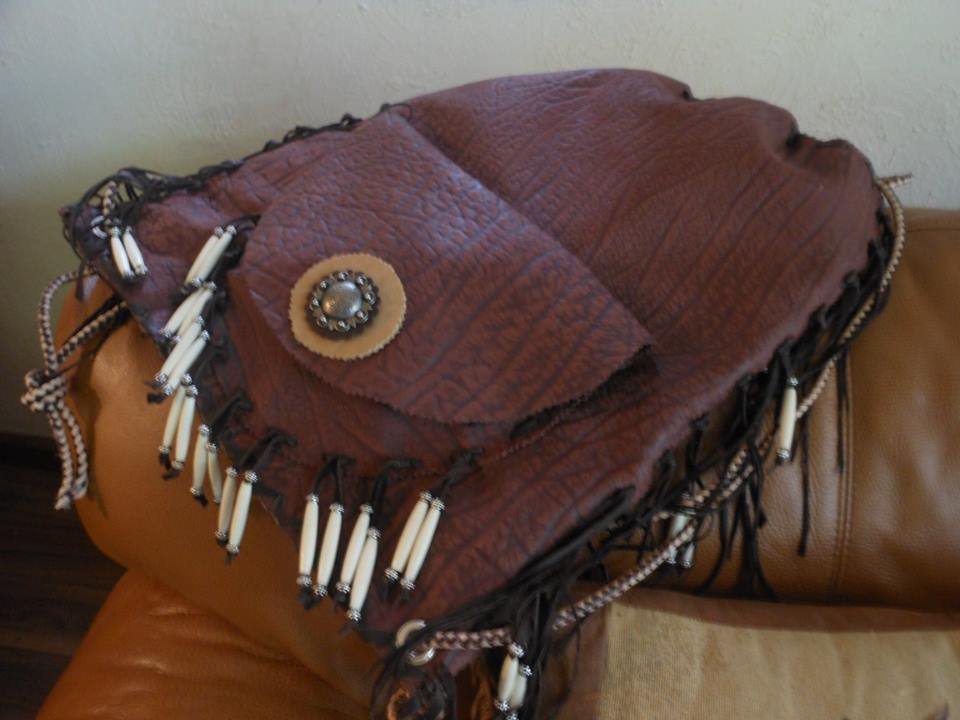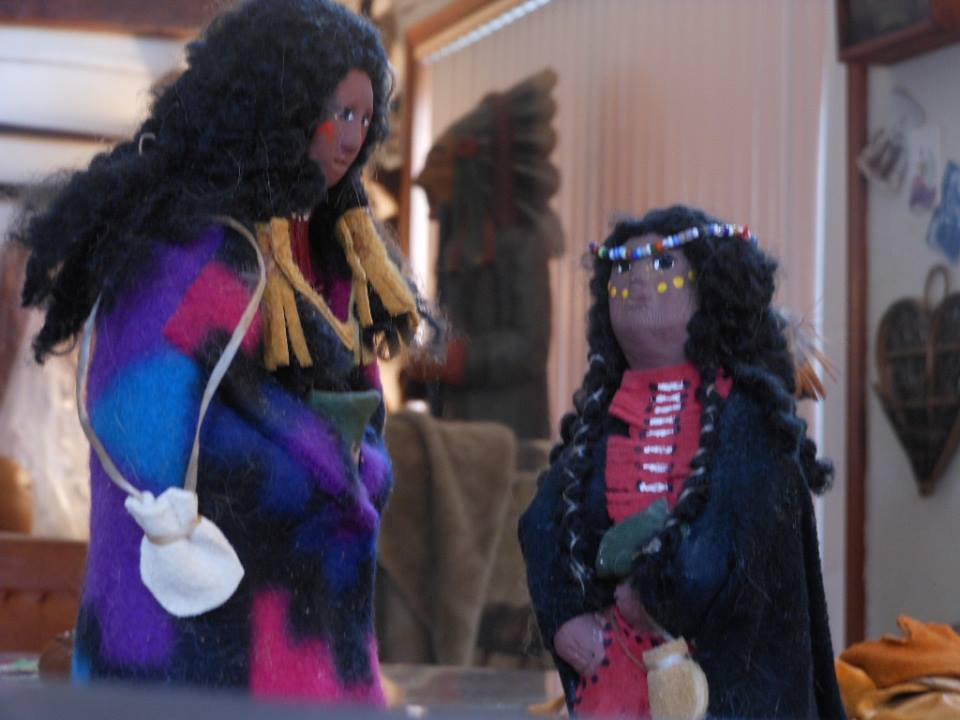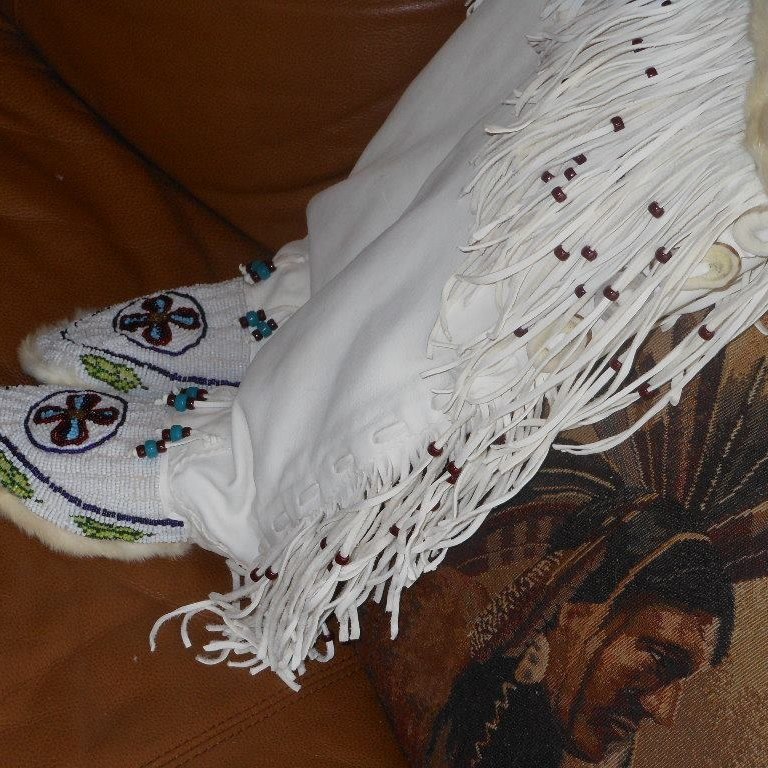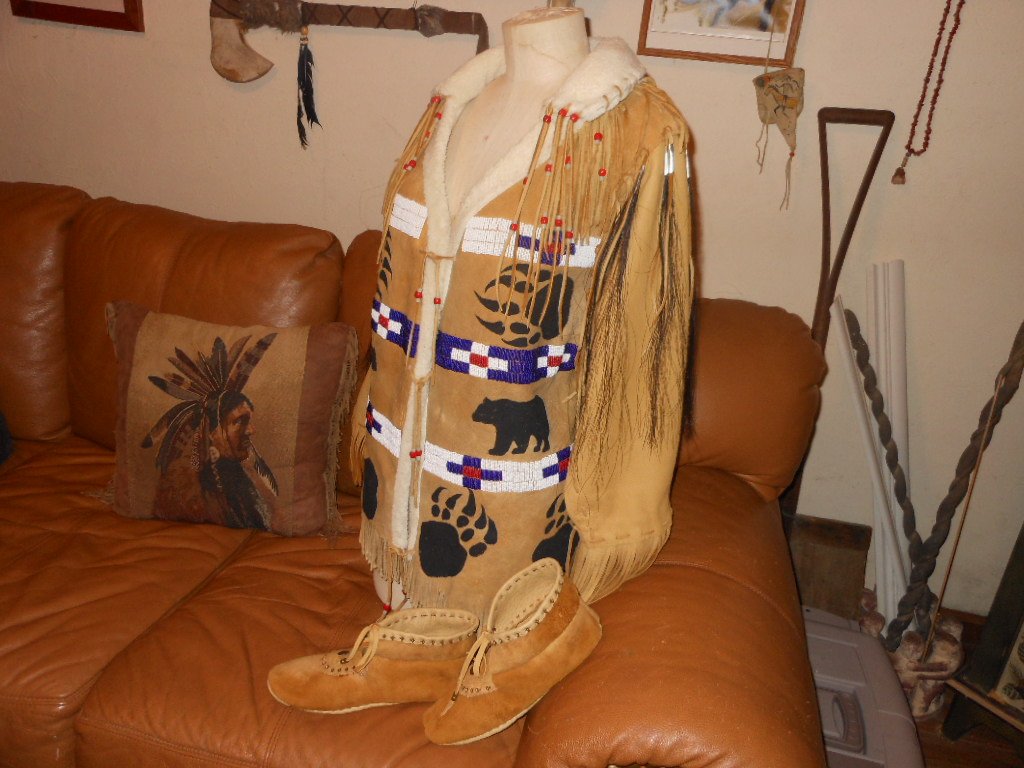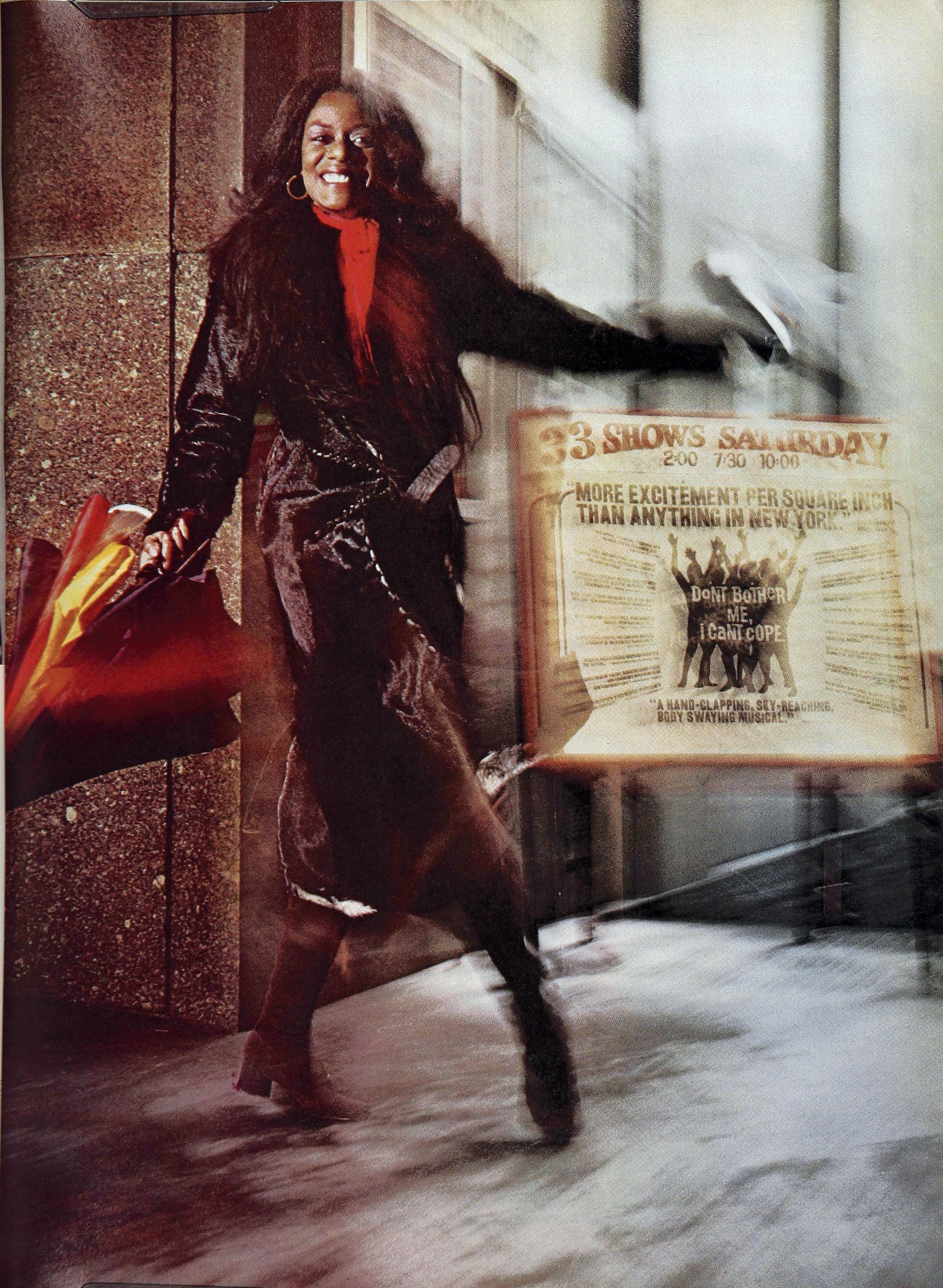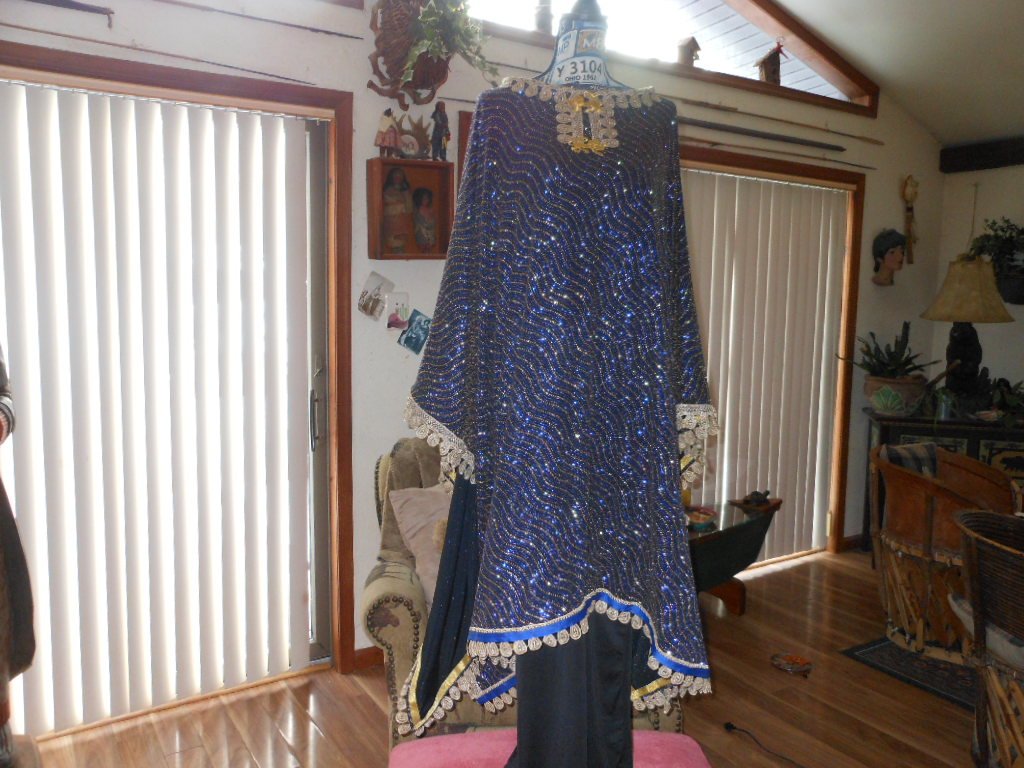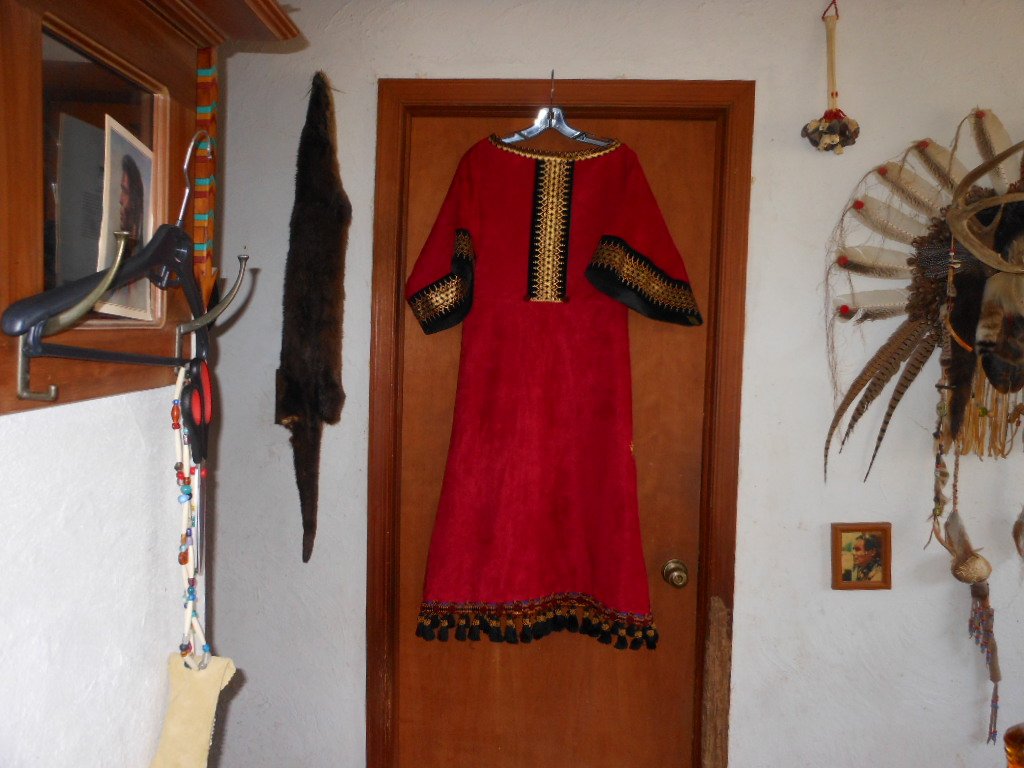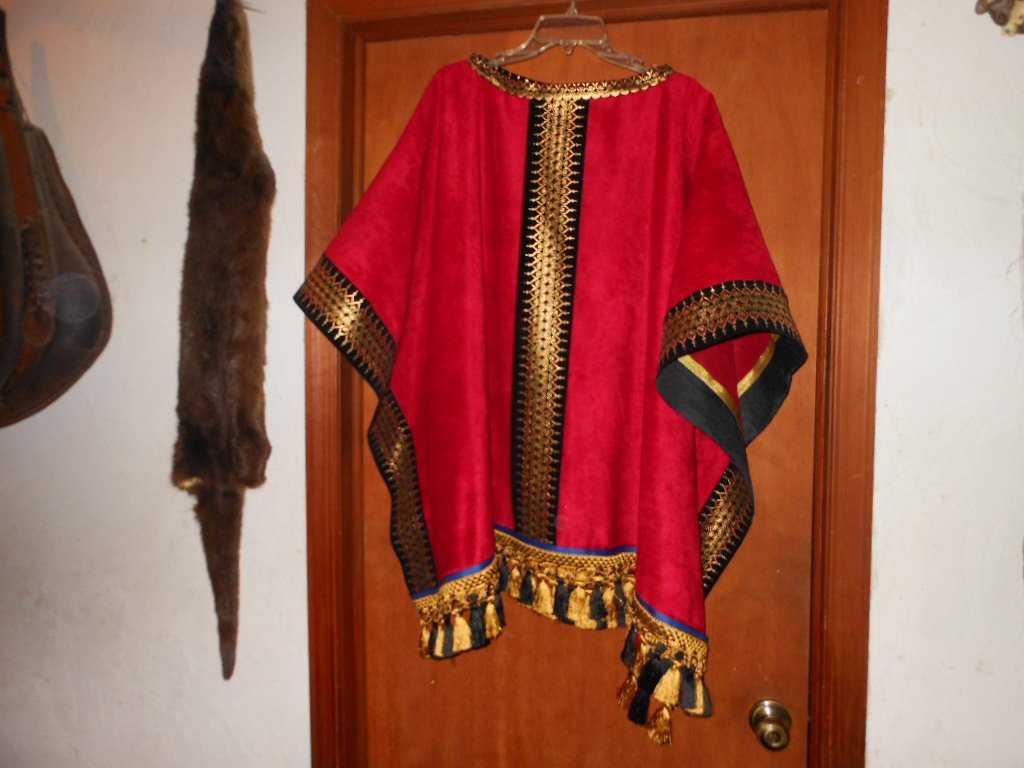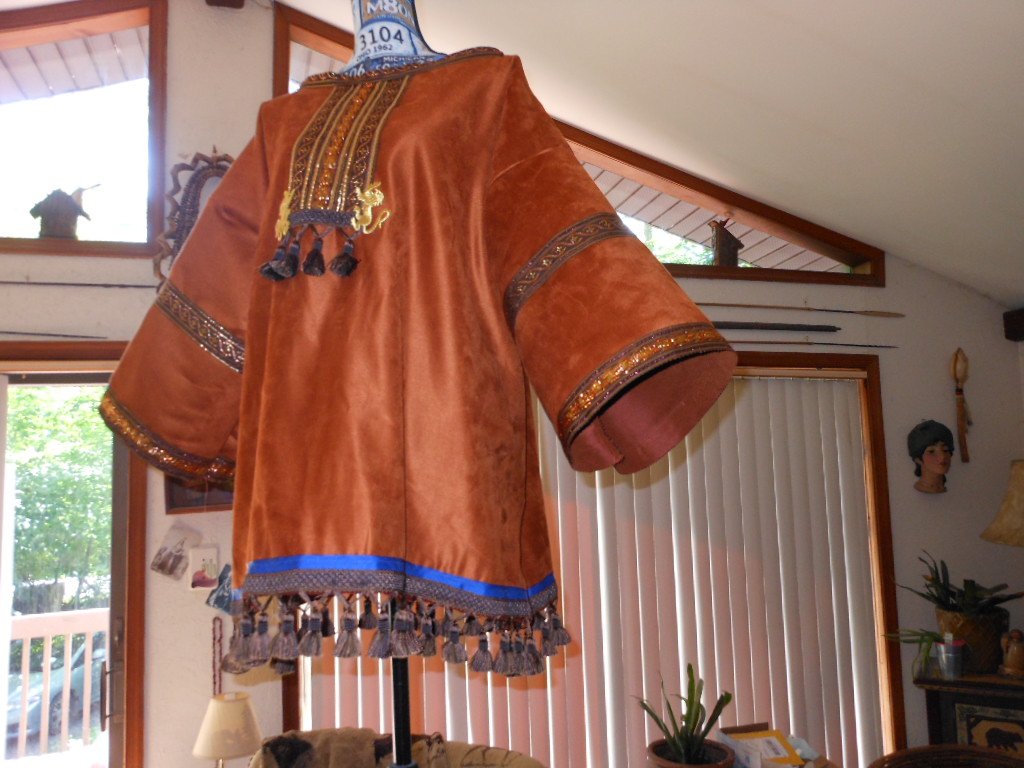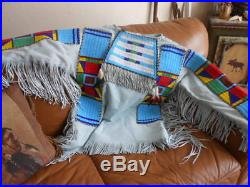Episode 33: Pat Runningbear Evans
Pat Evans by Joe Harris, 1970.
In the early 1970s, there was one model who reigned fiercer than all the rest. With her shaved head and unwavering attitude, Pat Evans was an icon of Black beauty. Known for being the first bald model, she appeared in fashion magazines, ad campaigns, and on a series of notorious, highly sexual Ohio Players album covers (the source of many sexual awakenings in the seventies). Unlike her contemporaries, Pat completely left the fashion industry—resulting in her contributions being rarely discussed. I tracked her down and she agreed to speak with me over the phone, spooling out her story.
Born and raised in Harlem’s Sugar Hill neighborhood, Pat’s ancestry is Black, Nanticoke Lenni-Lenape, and Powhatan. Caught between the wishes of her mother and her own creative energy, she became a nurse before leaving to dance with Nigerian drummer Babatunde Olatunji. A chance meeting in Greenwich Village made her a model. At the time, Pat’s hair was natural—something she covered up with a wig for her modeling jobs. Though she was one of her agency’s top earners (alongside Twiggy), Pat wasn’t happy with the cultural constraints and ideas around “good hair” and “bad hair” so she shaved it all off. At a fitting for Stephen Burrows, her wig fell off—when he asked her to walk in his show with her bald head exposed, Pat’s career went into overdrive. Suddenly news companies all around the world wanted to interview her as a symbol of a new form of beauty—though Pat herself said that she didn’t “want to be a symbol. If you straighten your hair, you’re trying to be white. If you wear it natural, it’s Black power. We Blacks have to go through our African thing, our slave thing. Eventually, we’ll find our own answer about hair.”
With her striking looks, Pat was brought on to be the face of Astarté, one of the first full cosmetic lines for darker skin. A frequent model in the newly launched Essence, Pat also appeared in Vogue and other fashion magazines—though, as you’ll hear in the interview, she was, for the most part, excluded from the leading magazines that only wanted to include one Black model at a time. Similarly, only certain designers (the up-and-coming Black ones, like Burrows, Willi Smith and Scott Barrie, along with Giorgio di Sant’Angelo) used Black models in their runway shows, limiting her bookings.
The difficulties Pat had with the modeling industry led her to write an essay for Essence’s January 1972 issue that, in the words of former model Barbara Summers, “roared off the page.” Pat “blasted greedy model agencies, seedy photographers and racial quotas. Not unexpectedly, she was branded a militant, a racial extremist, by some in the business.” Pat lost work—other Black models were more prepared to play the game and the industry turned against her.
Pat and her kids, Nita and Kioko, in Central Park. Vogue, July 1970.
Pat’s essay in Essence, January 1971.
As a single mother to two children, Pat kept herself constantly working. In addition to modeling, she had always designed and made leather clothing, so she continued to do—in 1973 launching Hired Hands, custom leather apparel and fashion consultancy. After modeling alongside Isaac Hayes in a series of now-iconic images, she became his stylist and designer. In 1971 Pat had her acting debut in “A Gun Play” Off-Broadway, at Greenwich Village’s Cherry Hill Theatre. She coordinated fashion shows for Essence and became a makeup artist for stars like Aretha Franklin and Marilyn McCoo—by the late 1970s, appearing as a beauty expert on TV shows for Black audiences.
Attempting to correct the ills of the modeling industry that had once driven her away, in the 1980s Pat opened a modeling agency. At a time when modeling agencies were still primarily segregated by race, Pat booked all races. Pat Evans Models was highly successful throughout the decade, with Pat acting as a den mother protecting her models. A visit from God led her to close the business and move to the country in the early 1990s, focusing since then on her spiritual experience and on making traditional Native American clothes, moccasins, and objects (seen in the slideshow on this page). Additionally, Pat has published a book of poems about her relationship with Leonard Nimoy.
I spoke with Pat for several hours—the last hour and a half of which was devoted to her religious beliefs and spiritual awakening. As this isn’t a podcast about religion, I edited it down considerably—trying to provide an understanding of the strength of her beliefs and the importance they have in her life while still keeping the focus on Pat’s memories of her youth. Pat is a Hebrew Israelite and due to her beliefs, she has lost many of her close relationships, choosing a life far away from her previous existence as a fashion model in New York City.
Listen and subscribe to the podcast in iTunes

